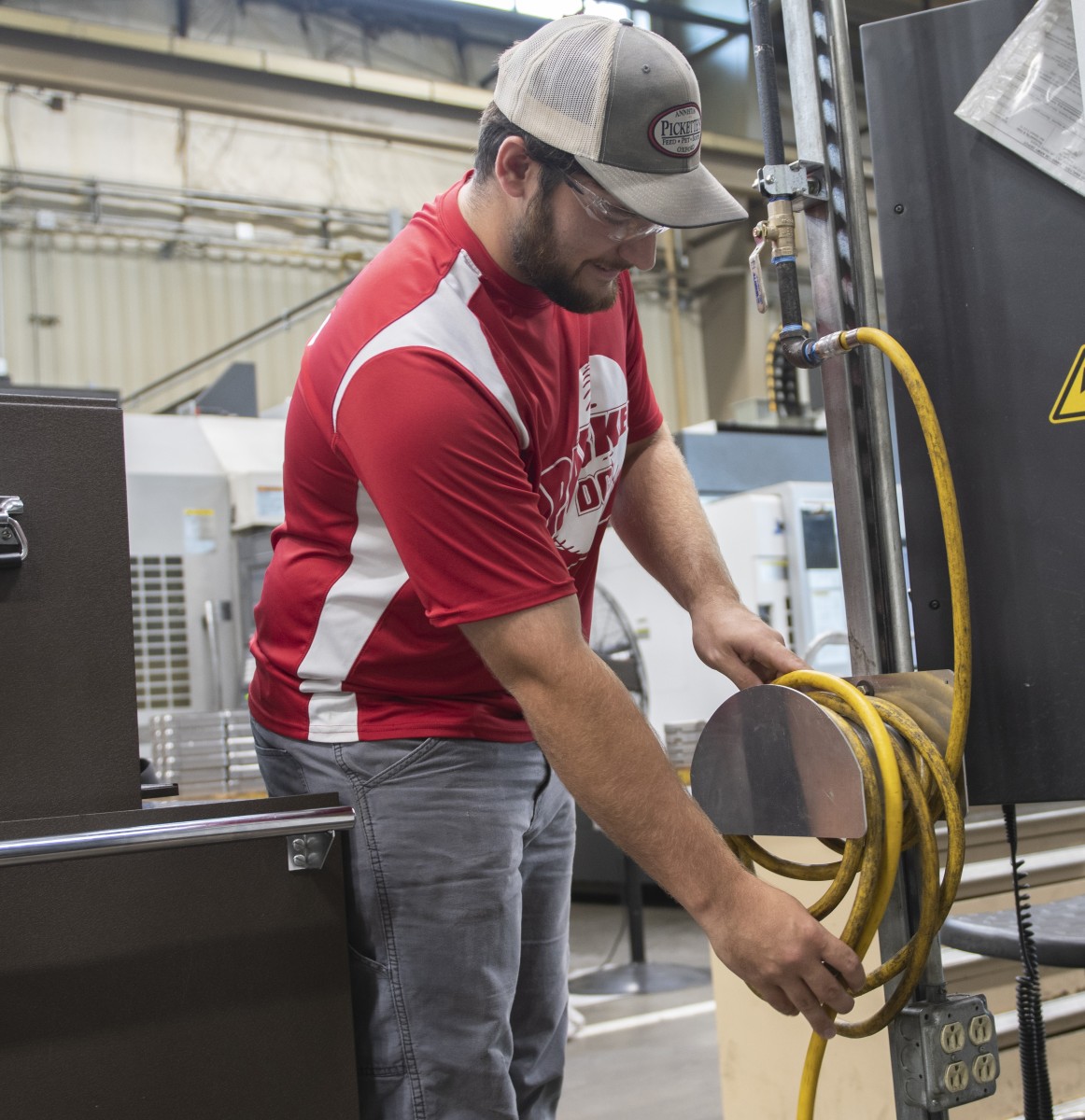

Under Server Settings, click Mail Server Settings But again, experts can't be sure, since too few of the "oldest old" have been studied so far.Login to Endpoint central and click Admin tab on the web console. "Given the scope of the problem and the growing size of the elderly population, there remains an acute need for more study," they write.Įven the most elderly patients - those older than 85 - might benefit from treatment, write the researchers. America's population is aging and high systolic blood pressure is becoming all too common, say the researchers. More studies are needed to sort that out - and the sooner, the better. High systolic blood pressure in people 60 and over is a much more important heart disease risk factor than high diastolic blood pressure, write the researchers. Among older patients, the evidence isn't yet clear that the pros outweigh the cons of treating it in the 140-160 range. When the lower blood pressure number is less than 90, treatment is generally considered only when systolic blood pressure tops 160. Systolic blood pressure is considered high when it's 140 or above. Doing so can decrease the likelihood of developing heart disease or having a stroke. Chaudhry's team reviewed more than 1,000 related studies done between 19, focusing on 36 articles in particular.Ĭhaudhry and colleagues found "strong evidence" to support treating systolic high blood pressure in people aged 60 and older. Sarwat Chaudhry, MD, of the West Haven Veterans Affairs Medical Center in West Haven, Conn., and colleagues conducted the research. New research on systolic high blood pressure, which is much more common as we age, is published in The Journal of the American Medical Association. When systolic blood pressure rises above 160 in people aged 60 and older, it's time to consider treatment - even if the lower number is normal, less than 90. The upper number, systolic blood pressure, measures the pressure in the arteries when the heart pumps blood throughout the body the lower number, diastolic blood pressure, is the pressure in the arteries when the heart is relaxing (in between beats).

And new research shows that this is something that shouldn't be ignored.īlood pressure is noted by two numbers. 31, 2004 - People aged 60 and older commonly face a unique blood pressure problem.


 0 kommentar(er)
0 kommentar(er)
